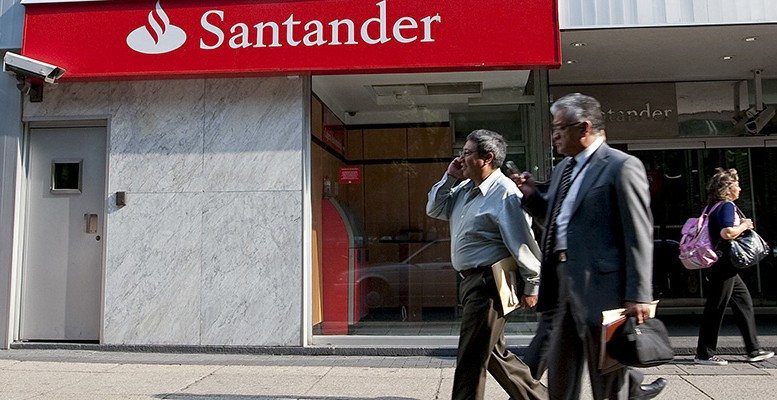UBS | President Draghi surprised the market positively, both in terms of the magnitude of some of the expected moves (QE extension in the upper end of the range) and also implementing new measures (acquisition of non-financial IG bonds in its asset purchases, and new targeted TLTRO). For (retail) banks like the Spanish, the balance of ECB’s actions has to be considered as positive, in our view, especially if trends seen in the swap market are confirmed in Euribor fixings, though are also likely to reverse some of the funding mix improvements seen in recent years, enlarging the Treasury component of banks’ NII, hence lowering quality. By seemingly reducing the risk of a worst-case, deep negative rate “Swiss” scenario we expect banks’ shares to be supported by ECB’s newsflow, and remain Buyers of Sabadell and Bankia within Spain.
TLTRO II – the return of the carry trade?
Including Santander/BBVA’s Spanish operations, we estimate €32-66bn unused TLTRO II capacity for Spanish banks depending on whether we use outstanding TLTRO by YE14 or YE15. Though the final impact has to be calibrated and benefits will not be felt immediately, three initial comments are worth making about its effects. First, we expect it to have little bearing on overall credit growth, with demand still looking subdued. Second, it should lead to additional funding cost reductions, be it because banks use it to replace more expensive wholesale debt maturities (€37bn for the 5 domestic banks over 16-17E at 1-3% cost), or be it because existing TLTRO is switched into the new scheme at a lower cost if lending growth targets are met (maximum 40bps saving on total TLTRO take up). And third, we see the chance of banks being tempted to reengage in carry trade activities, which would lower earnings quality and might increase balance sheet risk at a time when sovereign/corporate bond yields are likely to be heavily supported by ECB’s QE extension, which could distort asset prices. We also flag the risks associated with increasing banks’ sovereign exposure amidst uncertainties about their regulatory capital treatment, after the EU has admitted the possibility of applying risk weights to this asset class.
Low for longer, but no rate cuts? Avoiding the “Swiss” scenario?
More importantly, the ECB went to reasonable lengths to reassure the market about their plans to leave interest rates at current levels over an extended period of time (“well past the horizon of our net asset purchases”), but without the need to ease further in the future. Though growth/inflation progress will eventually dictate whether that assessment proves valid, this should reduce the risk of an incrementally negative rate scenario (the “Swiss” case in our initiation note), hence increasing our confidence about banks meeting our NII/revenue forecasts. We will look for confirmation of this positive view in Euribor levels, the key benchmark for Spanish banks, but we reiterate the importance of avoiding that scenario for Spanish banks, given their poor balance sheet positioning (predominantly floating, long duration loans, funding mix biased towards inelastic deposits), and heavy commercial constraints to offset margin pressures (inability to pass negative rates on to depositors, strong competition preventing loan repricing). Numerically, we estimate an incremental 50bps rate cut from our base-case scenario would erode c.20% of 17E earnings and c.150bps ROTE.





